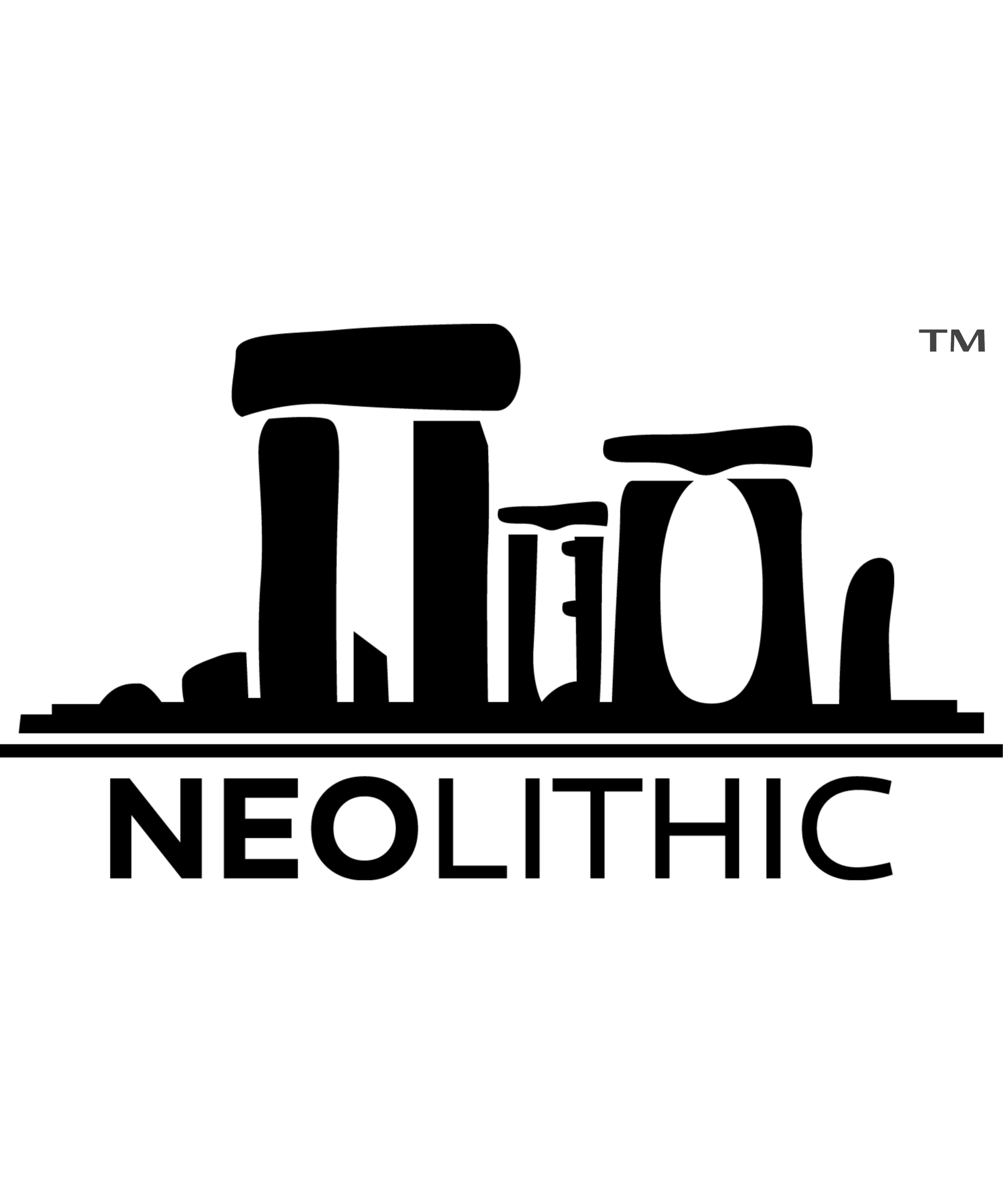Embracing the Untamed: The World of Wild Artistry
Wild artistry is an exhilarating fusion of nature and creativity, where the raw beauty of the wilderness serves as both muse and medium. This artistic movement celebrates the untamed landscapes, wildlife, and elemental forces that inspire artists to create works that are as dynamic and unbounded as nature itself. In this blog post, we’ll explore the essence of wild artistry, its various forms, and the artists who embrace the call of the wild.
The Essence of Wild Artistry
Wild artistry transcends traditional boundaries, drawing inspiration from the unpredictable and awe-inspiring aspects of the natural world. It captures the spirit of adventure, the thrill of exploration, and the profound connection between humans and the environment. At its core, wild artistry is about immersing oneself in nature and channeling its energy into creative expression.
Forms of Wild Artistry
Wild artistry manifests in diverse forms, each reflecting the artist’s unique interaction with nature. Here are some of the most captivating expressions:
1. Nature Photography
Nature photography captures the fleeting moments of the wild with stunning precision. Photographers venture into remote landscapes to document wildlife, natural phenomena, and scenic vistas. Their work often highlights the intricate details and majestic grandeur of the natural world, inspiring awe and fostering a deeper appreciation for conservation.
2. Land Art
Land art, also known as earth art, involves creating large-scale artworks directly within the natural landscape. Artists use natural materials such as rocks, soil, and vegetation to construct sculptures and installations that harmonize with their surroundings. These ephemeral works are subject to the forces of nature, emphasizing the transient beauty and cyclical patterns of the environment.
3. Wildlife Painting and Sculpture
Wildlife artists capture the essence of animals in their natural habitats through painting and sculpture. Their works often focus on the intricate details of animal anatomy, behavior, and interactions within the ecosystem. These pieces not only celebrate the beauty of wildlife but also raise awareness about the importance of preserving endangered species and their habitats.
4. Adventure Writing and Poetry
Adventure writers and poets use the written word to convey their experiences and reflections on the wild. Their works often blend vivid descriptions of landscapes and wildlife with introspective musings on the human-nature relationship. This literary form of wild artistry invites readers to embark on a mental journey through the untamed world, evoking a sense of wonder and contemplation.
Notable Wild Artists
Several artists have made significant contributions to the world of wild artistry, each bringing their unique perspective and passion for nature:
1. Ansel Adams (Nature Photography)
Ansel Adams is renowned for his black-and-white photographs of the American wilderness, particularly the Yosemite National Park. His masterful use of light and composition captures the sublime beauty of natural landscapes, making his work a cornerstone of nature photography.
2. Andy Goldsworthy (Land Art)
Andy Goldsworthy is a pioneering land artist known for his site-specific sculptures and installations. He creates intricate patterns and structures using natural materials, which often evolve and decay with the changing seasons. Goldsworthy’s work emphasizes the ephemeral nature of art and the interconnectedness of all things.
3. Robert Bateman (Wildlife Painting)
Robert Bateman is a celebrated wildlife painter whose detailed and lifelike depictions of animals have garnered international acclaim. His paintings often highlight the delicate balance between wildlife and their habitats, promoting conservation and environmental stewardship.
The Impact of Wild Artistry
Wild artistry has a profound impact on both artists and audiences. For artists, it provides a means of connecting deeply with nature, fostering a sense of humility and reverence for the natural world. The creative process becomes a form of meditation, where the boundaries between artist and environment blur.
For audiences, wild artistry offers a window into the beauty and complexity of nature. It can evoke powerful emotions, spark curiosity, and inspire action to protect and preserve the natural world. By celebrating the wild through art, we are reminded of our place within the larger ecosystem and our responsibility to safeguard it for future generations.
Conclusion
Wild artistry is a vibrant and dynamic expression of the human spirit’s connection to nature. Through various forms, from photography and land art to painting and literature, wild artists capture the untamed beauty and raw power of the natural world. Their work not only celebrates the splendor of nature but also inspires a deeper appreciation for its preservation. As we embrace the call of the wild, we find endless inspiration in the boundless creativity and majesty of the natural world.

